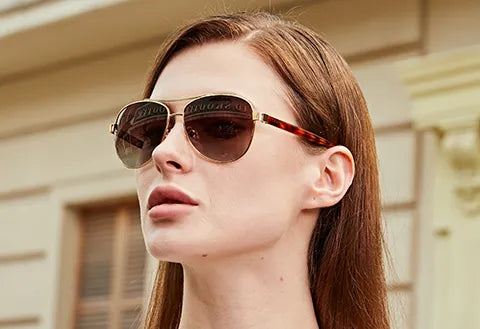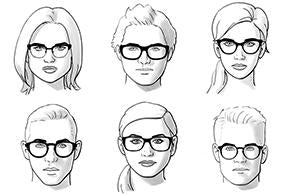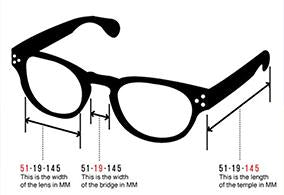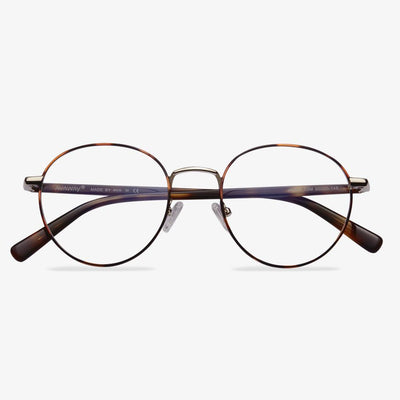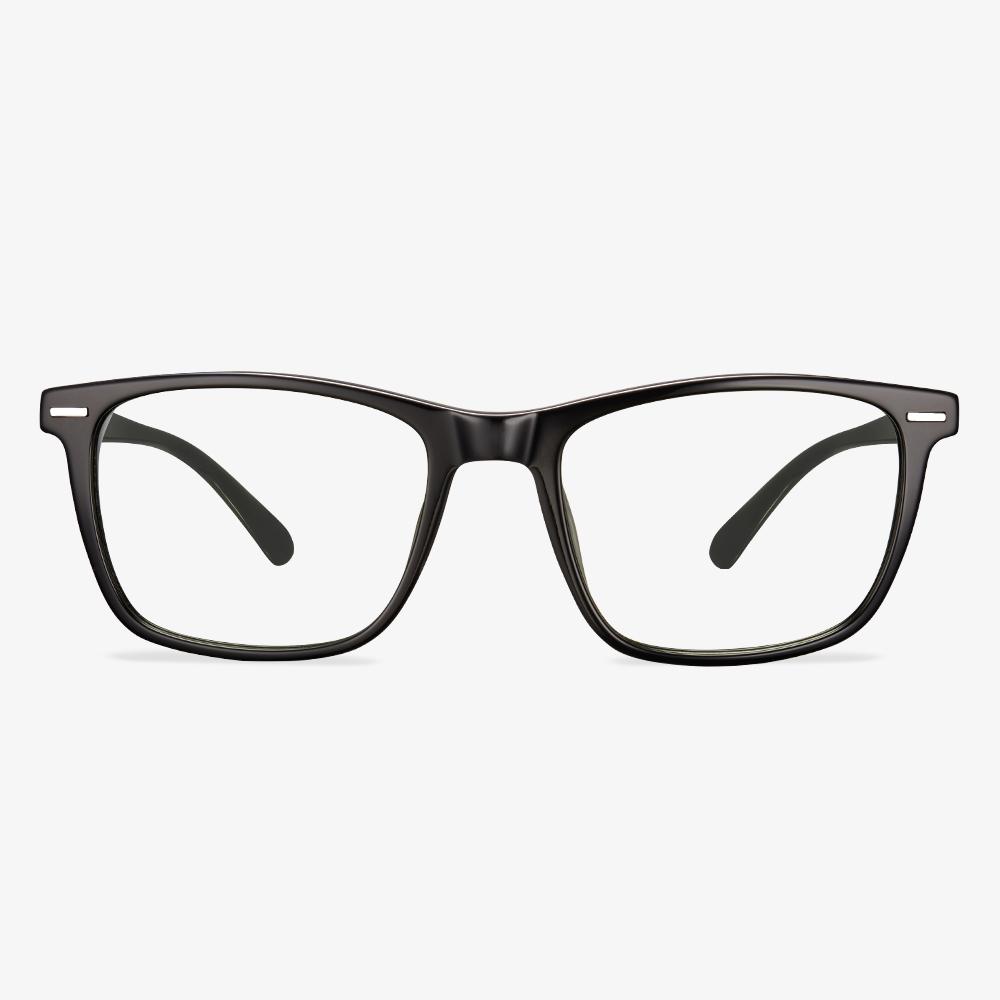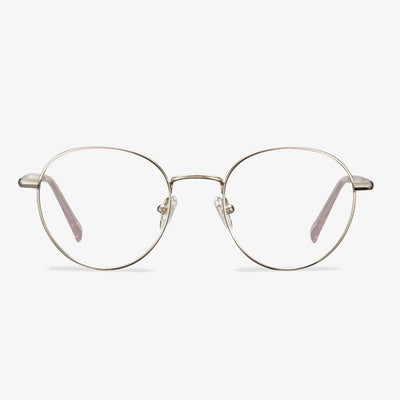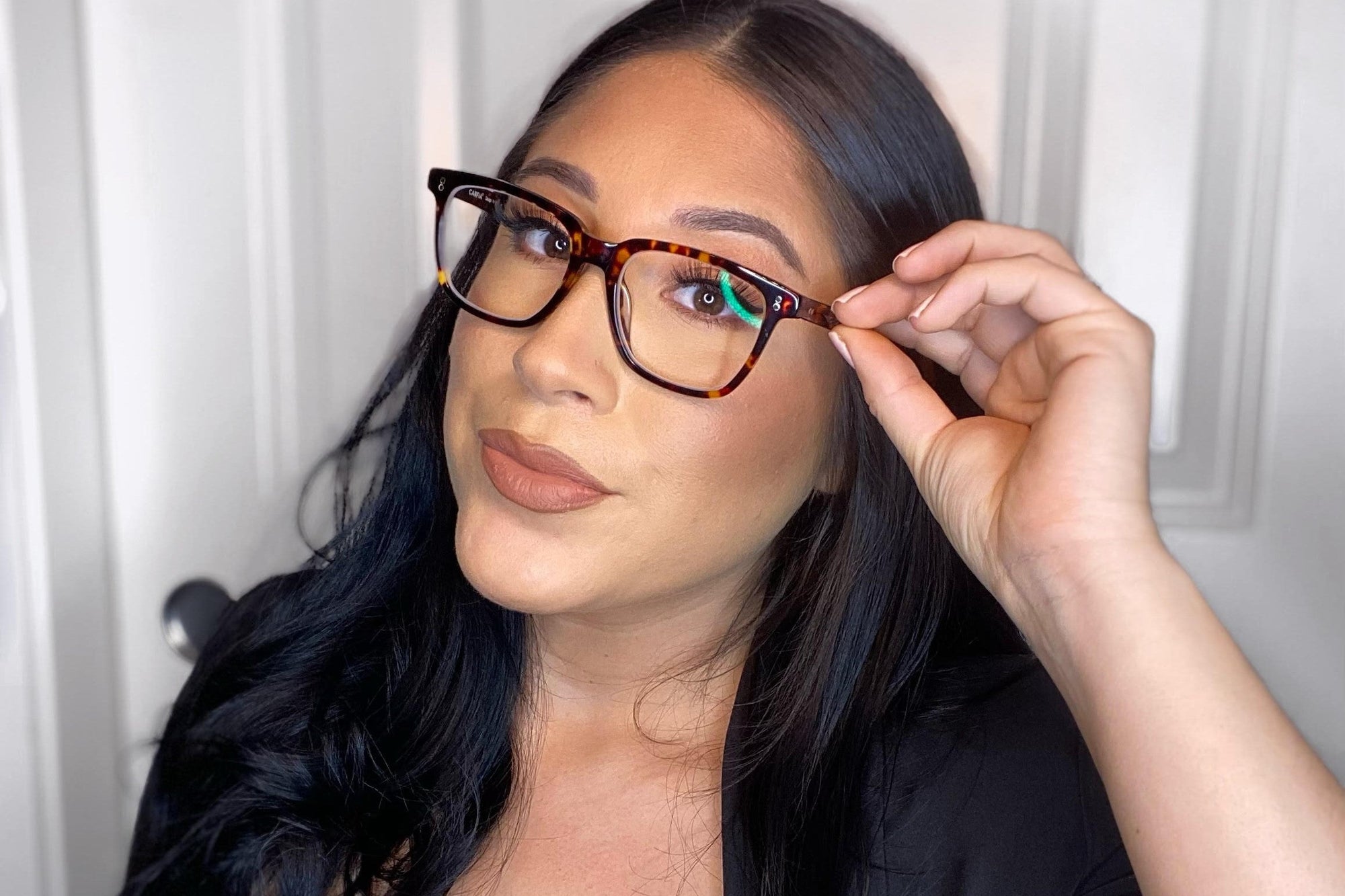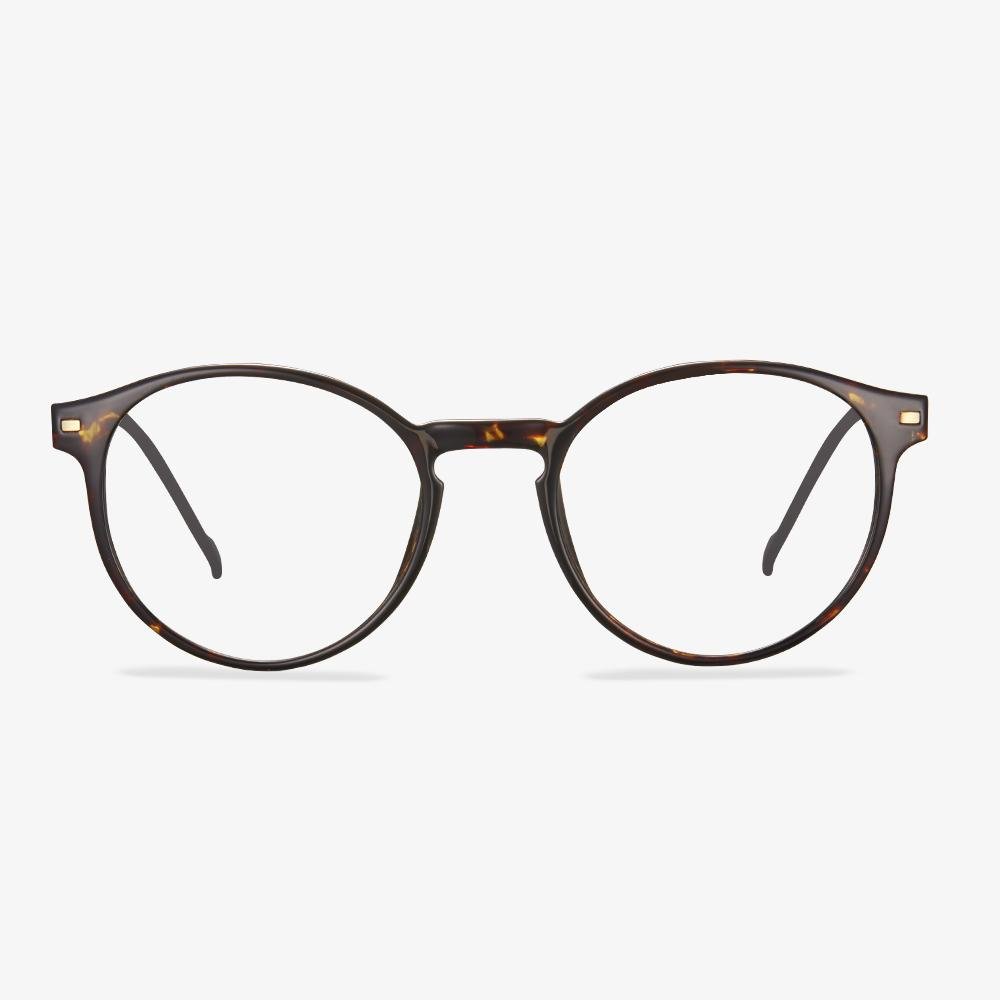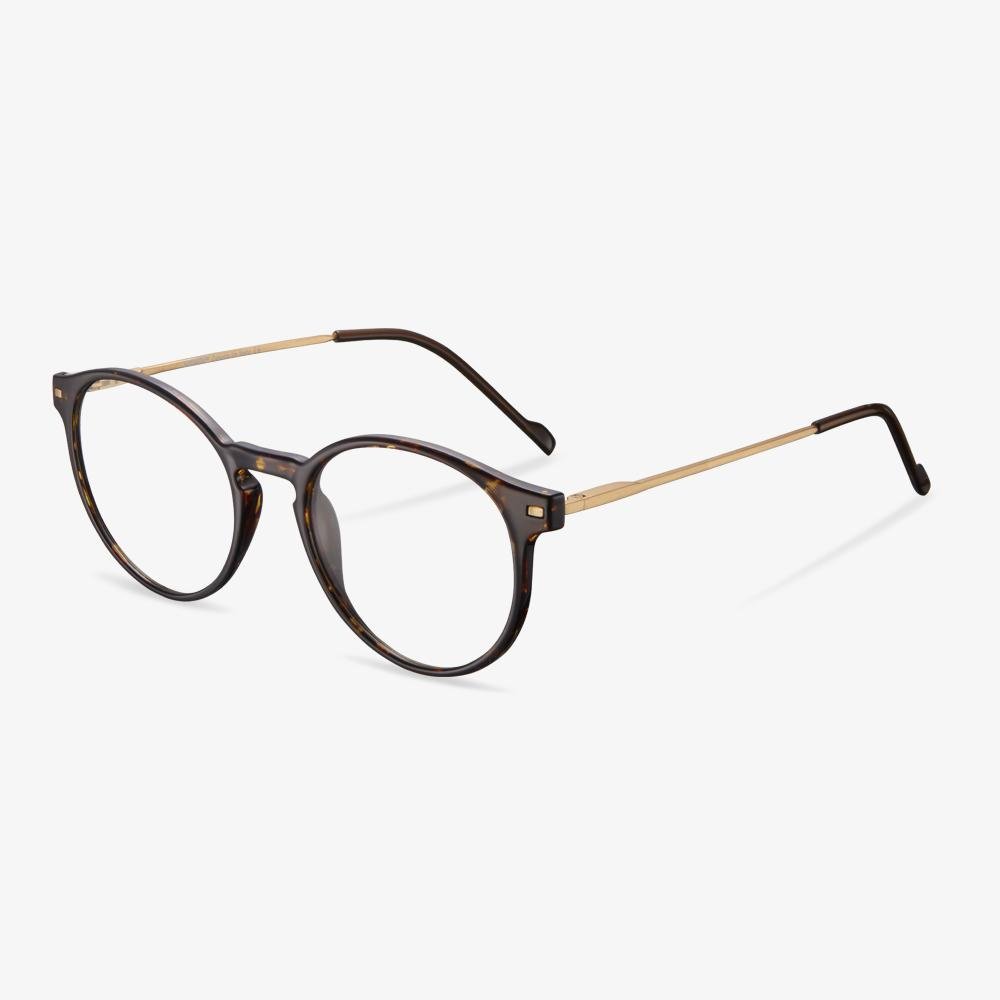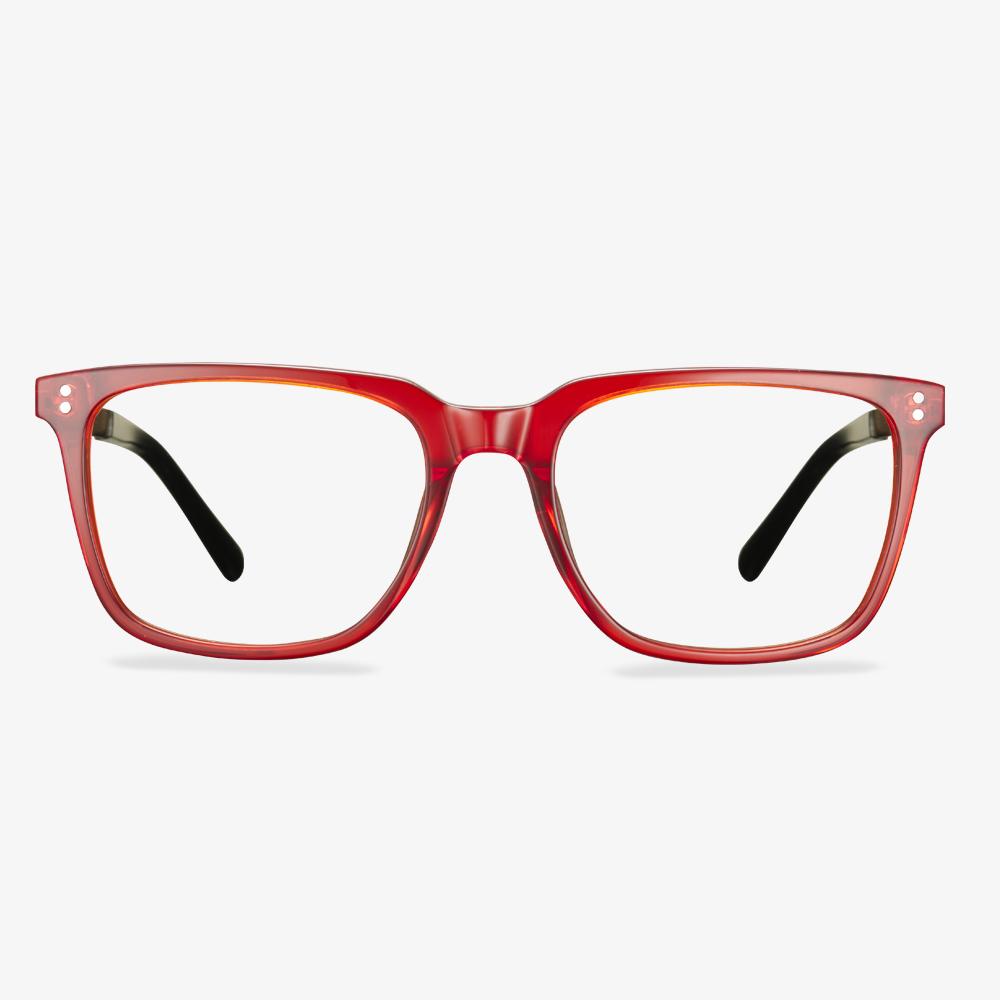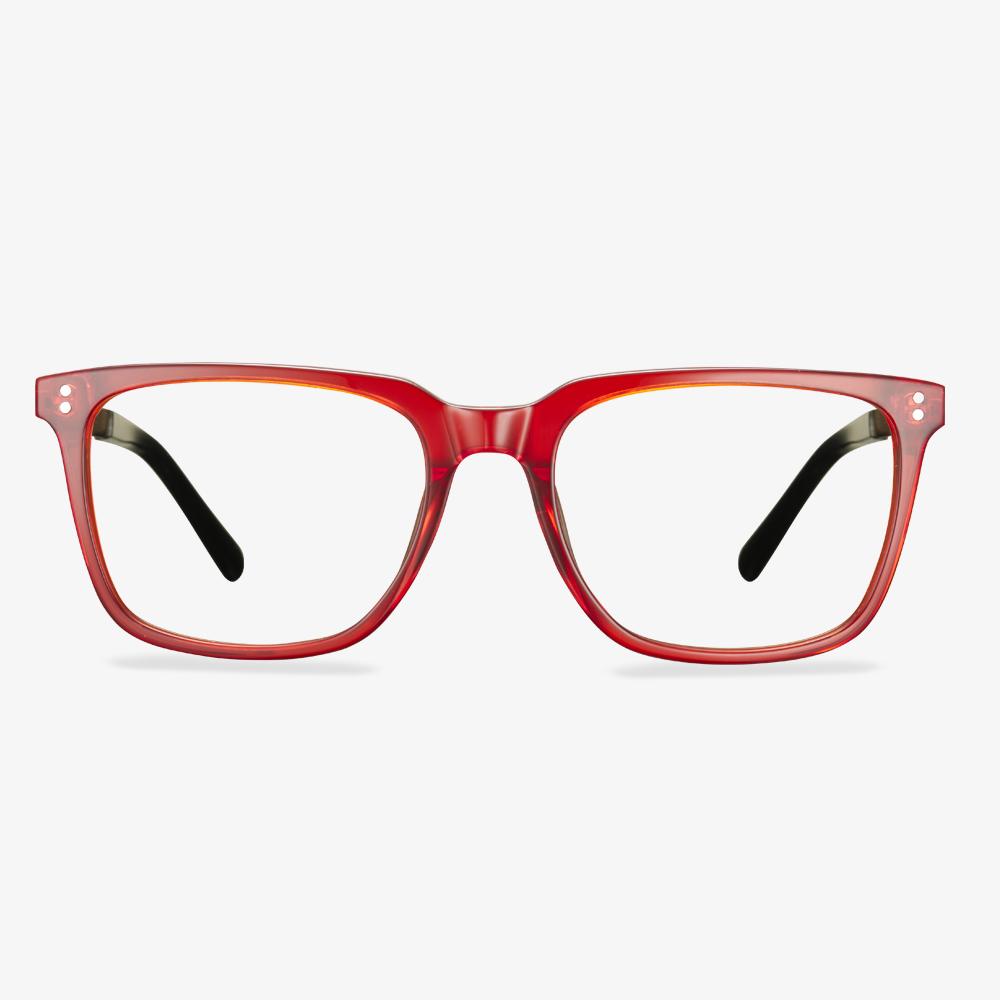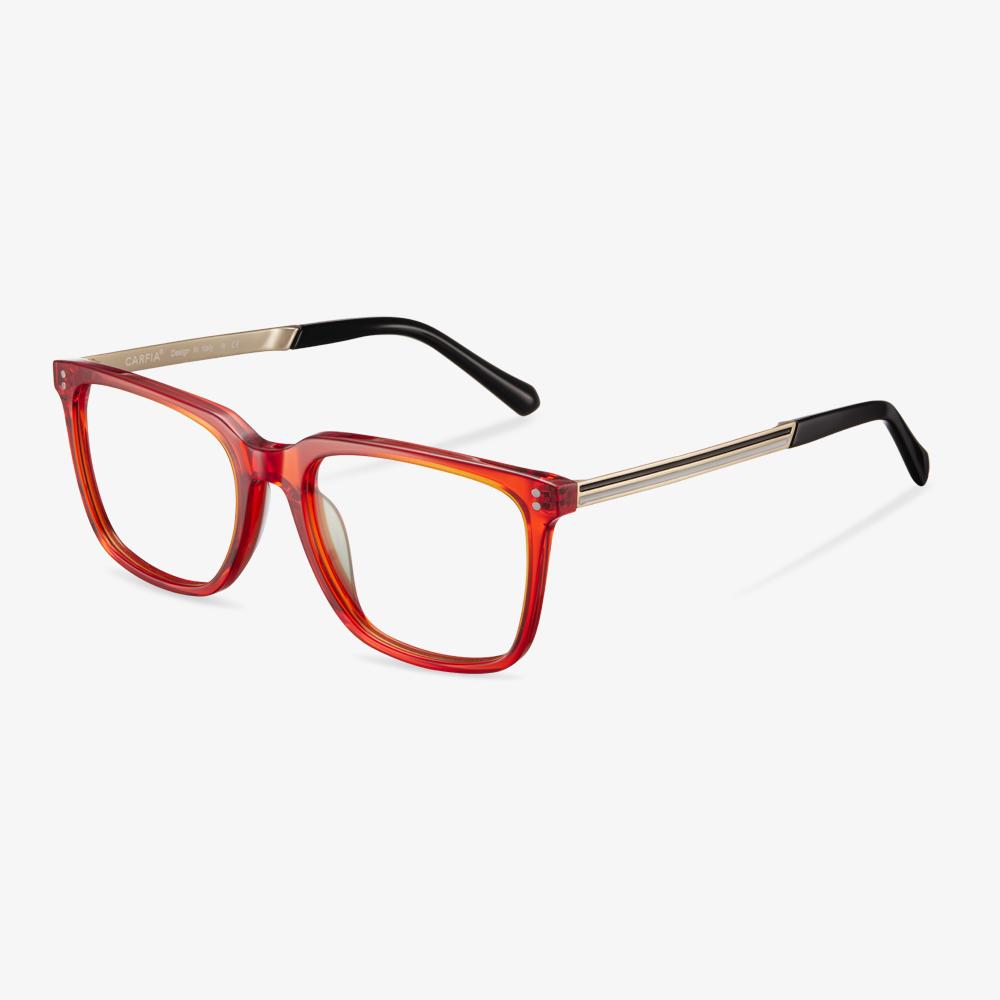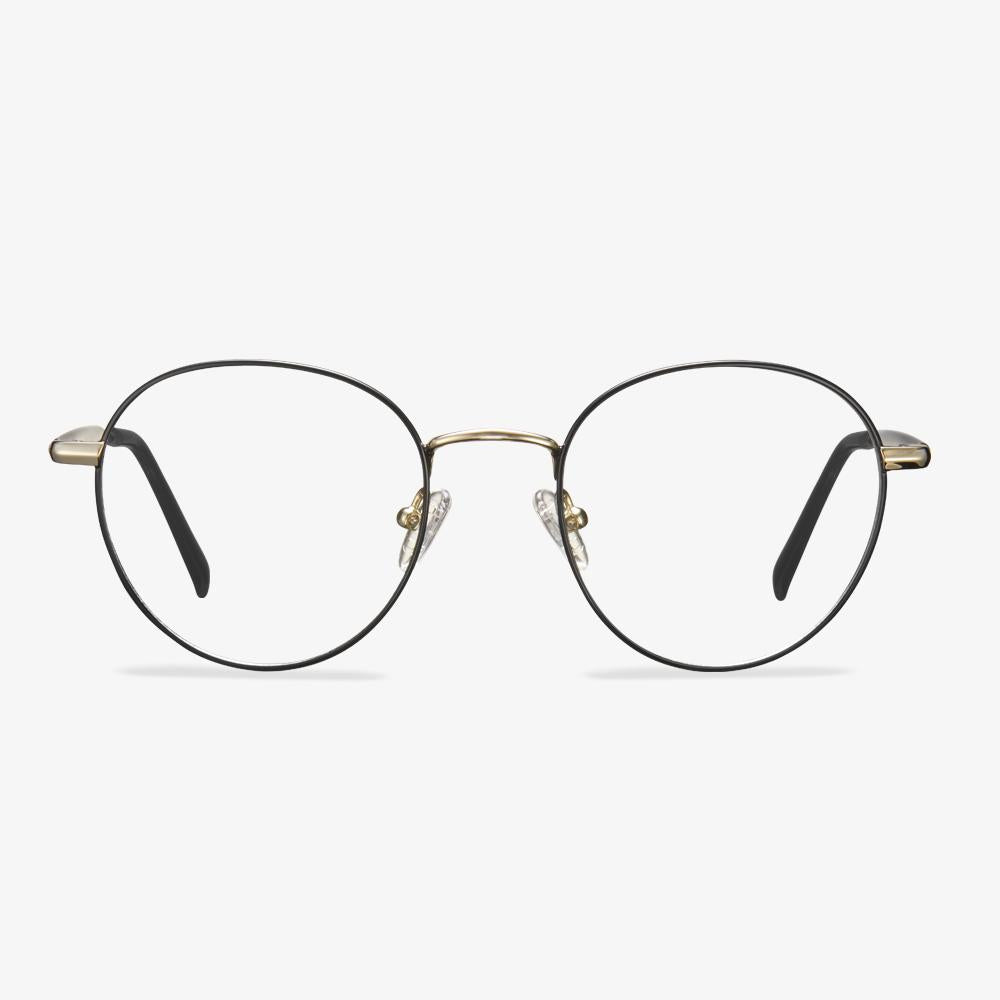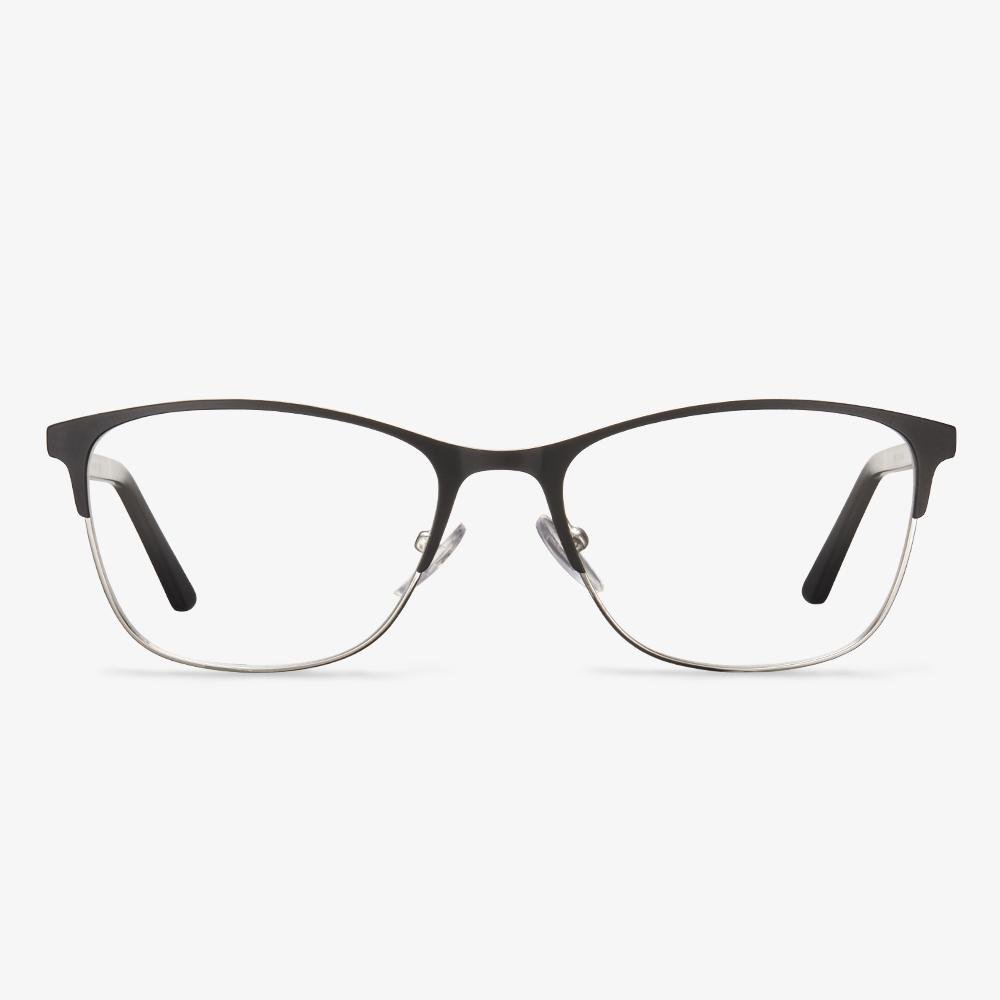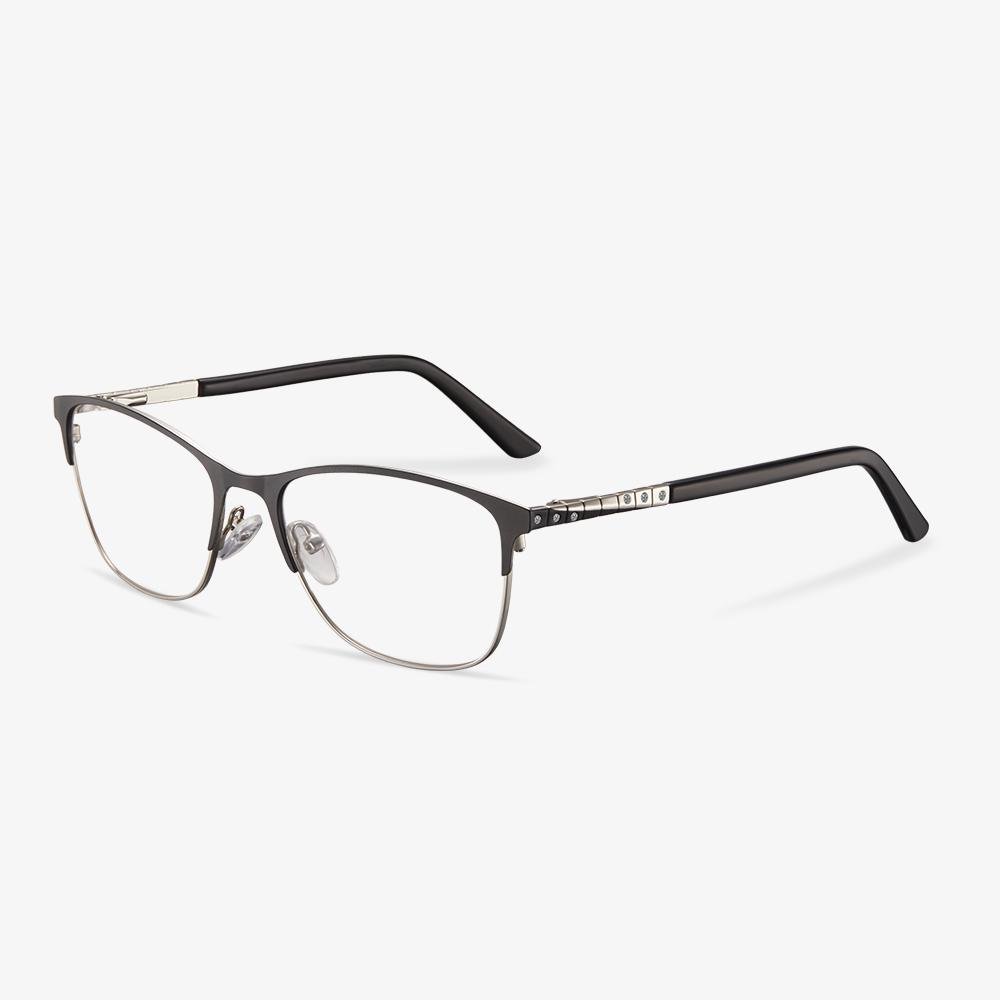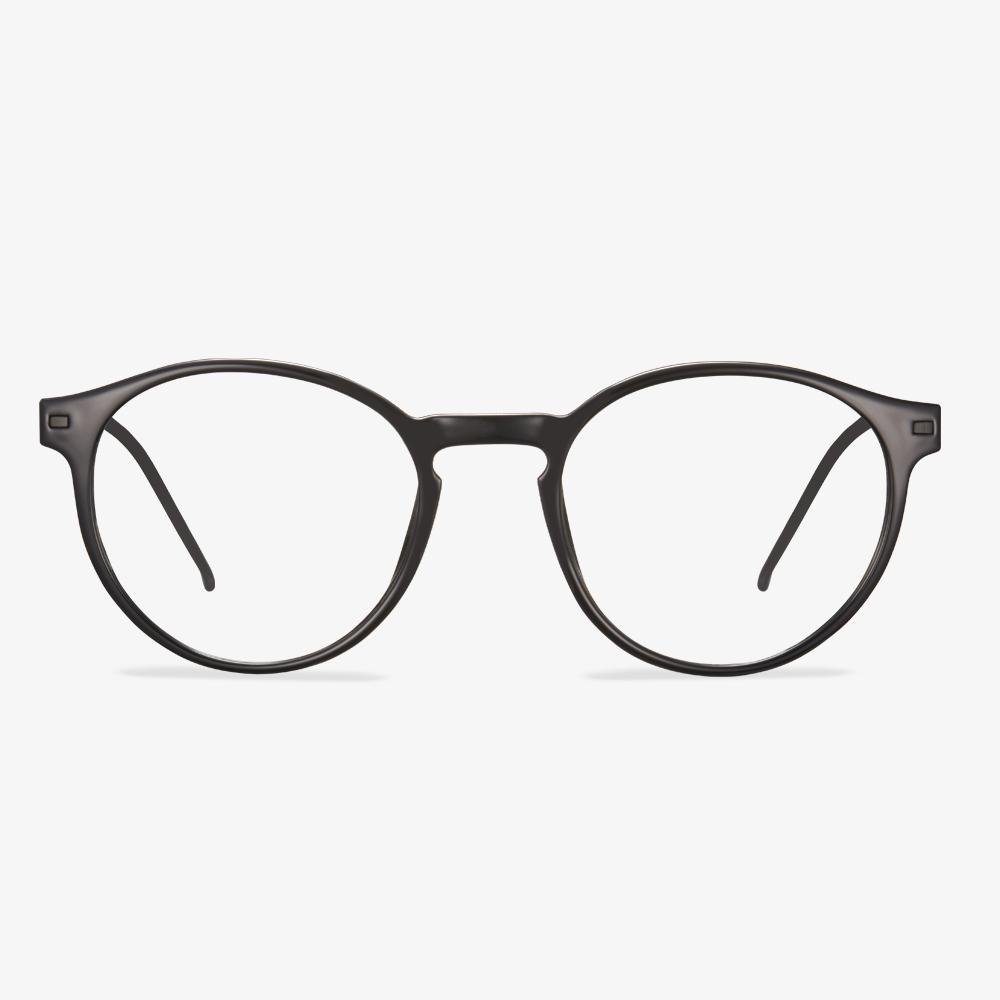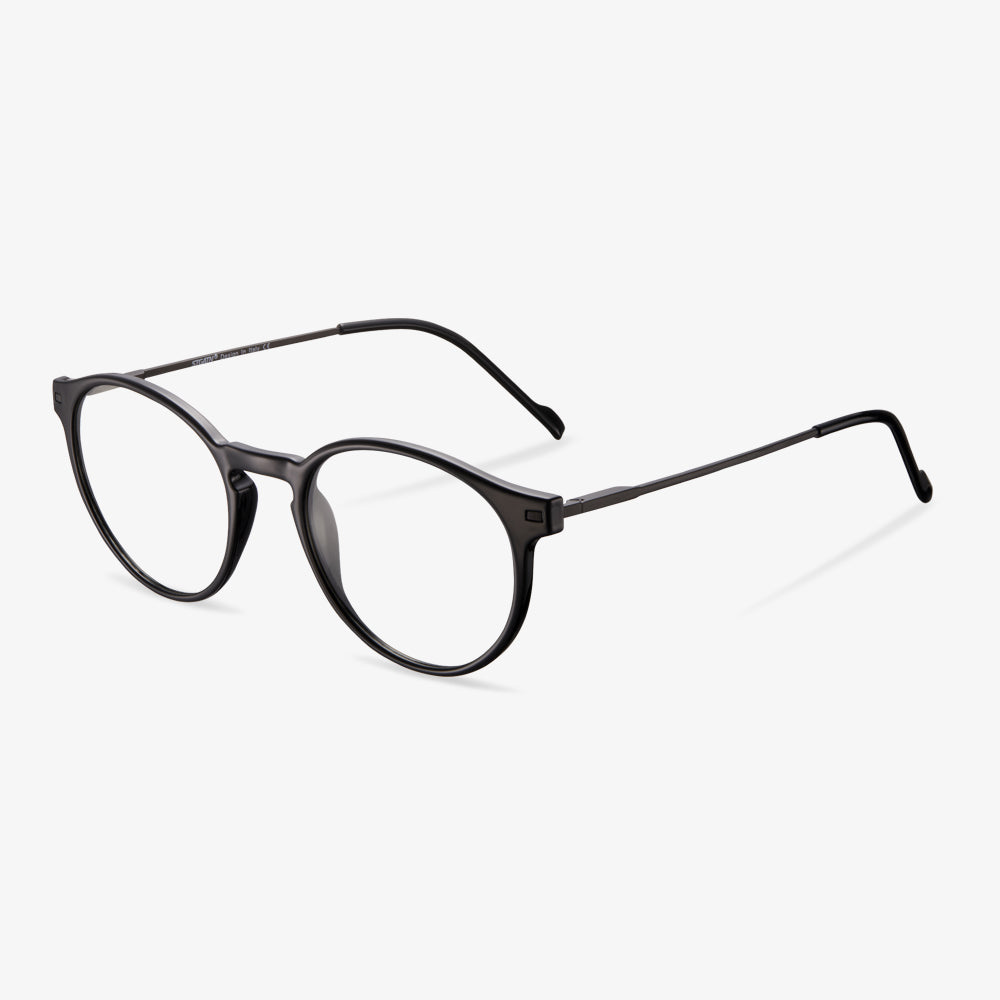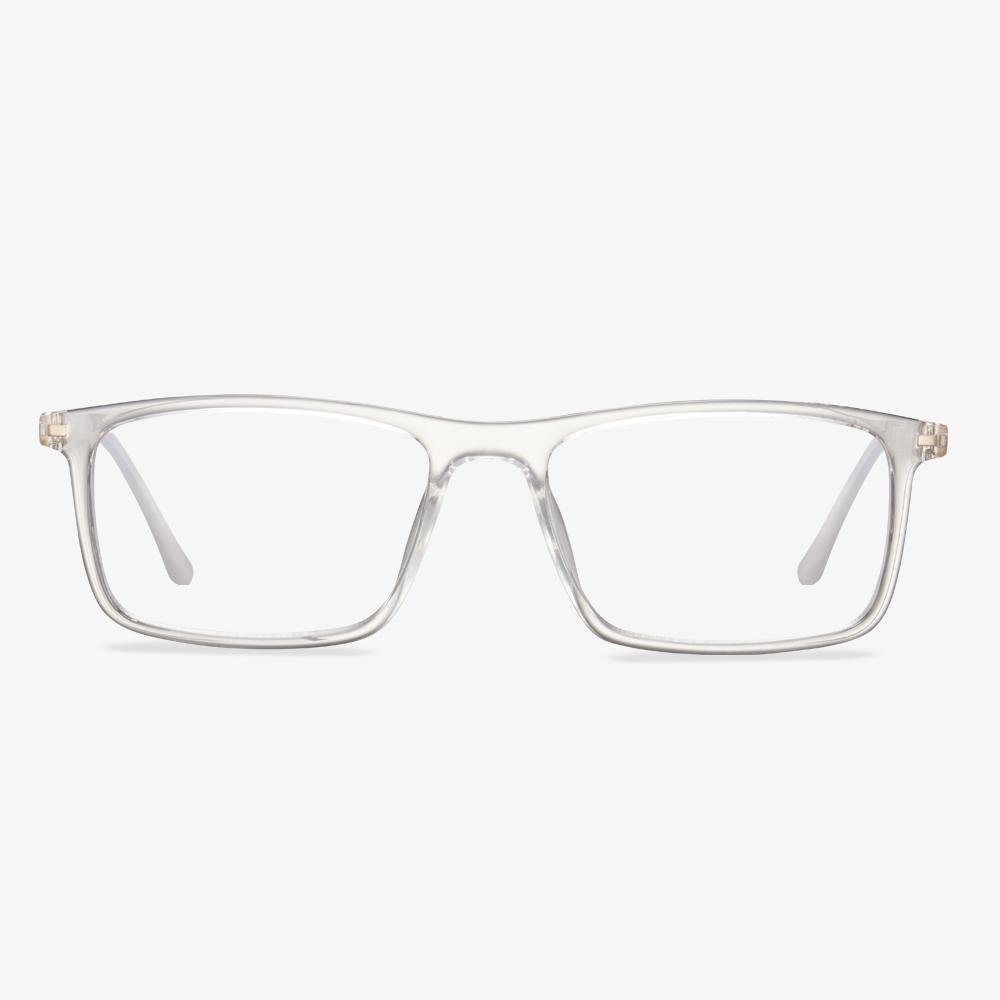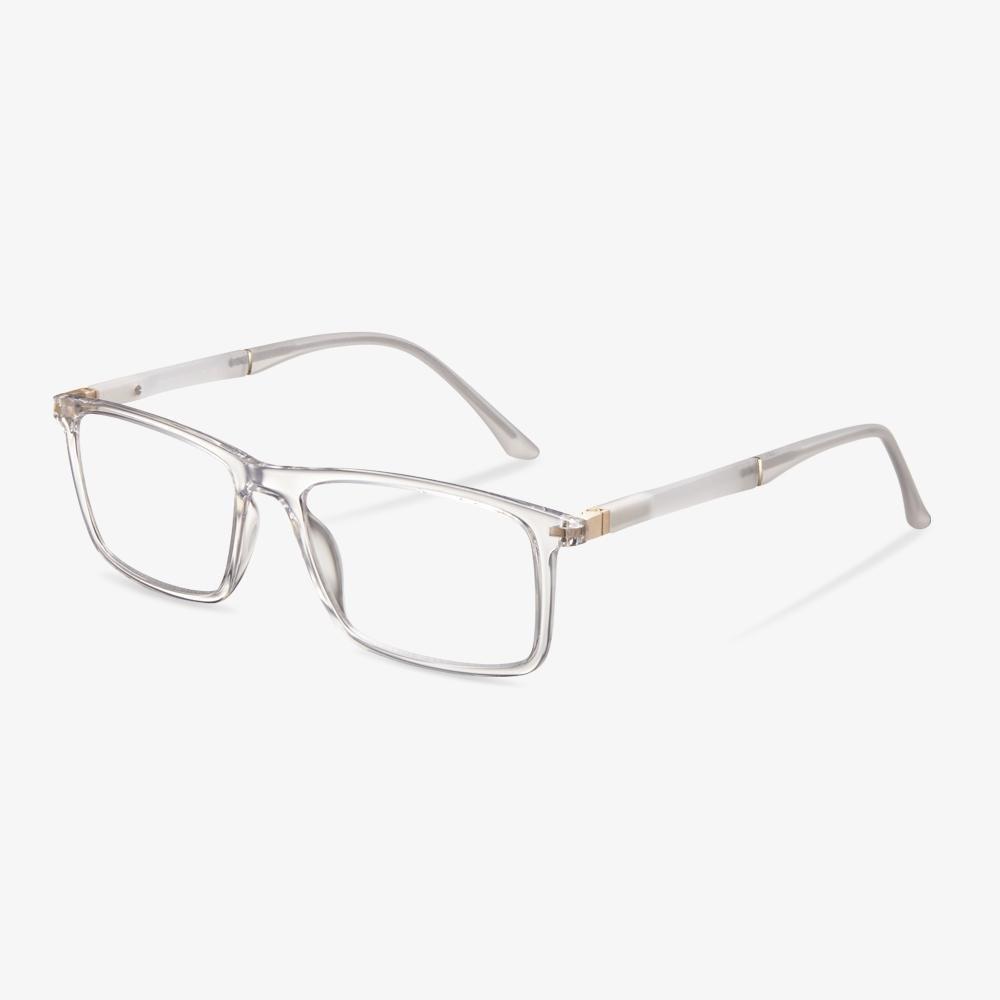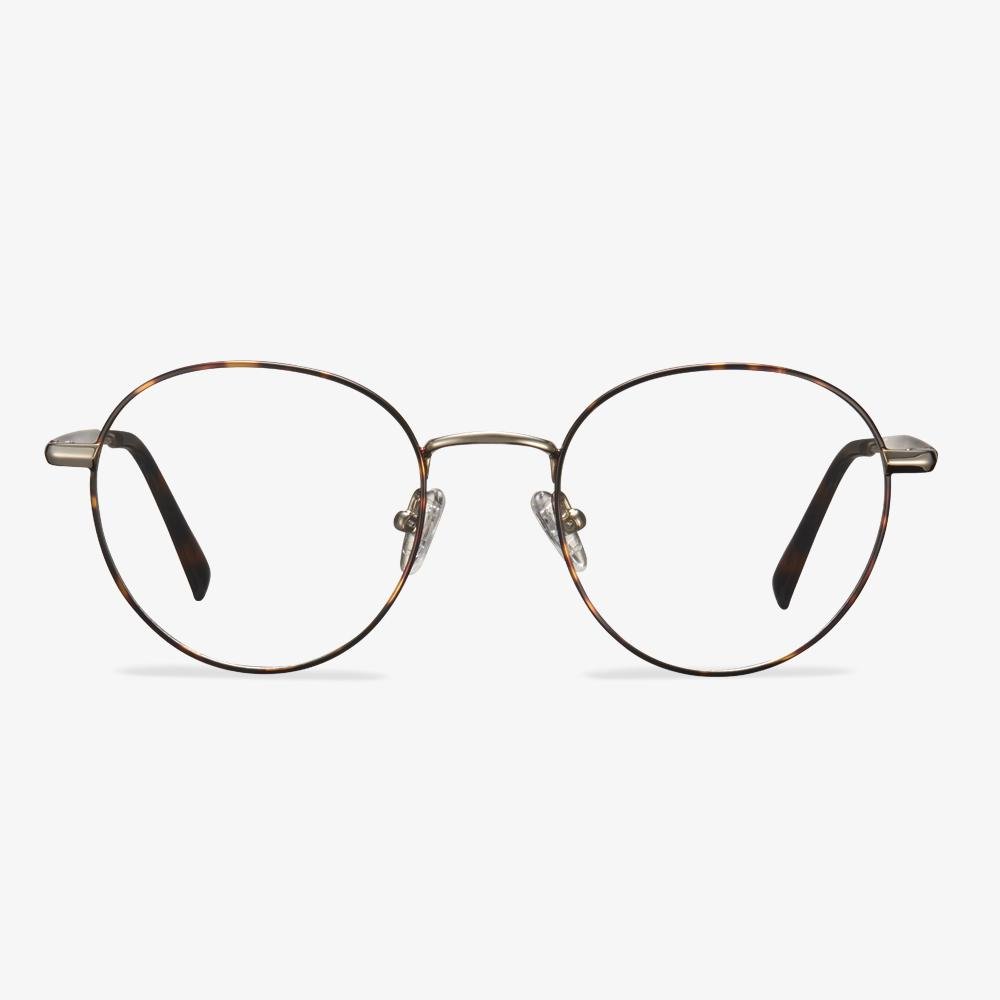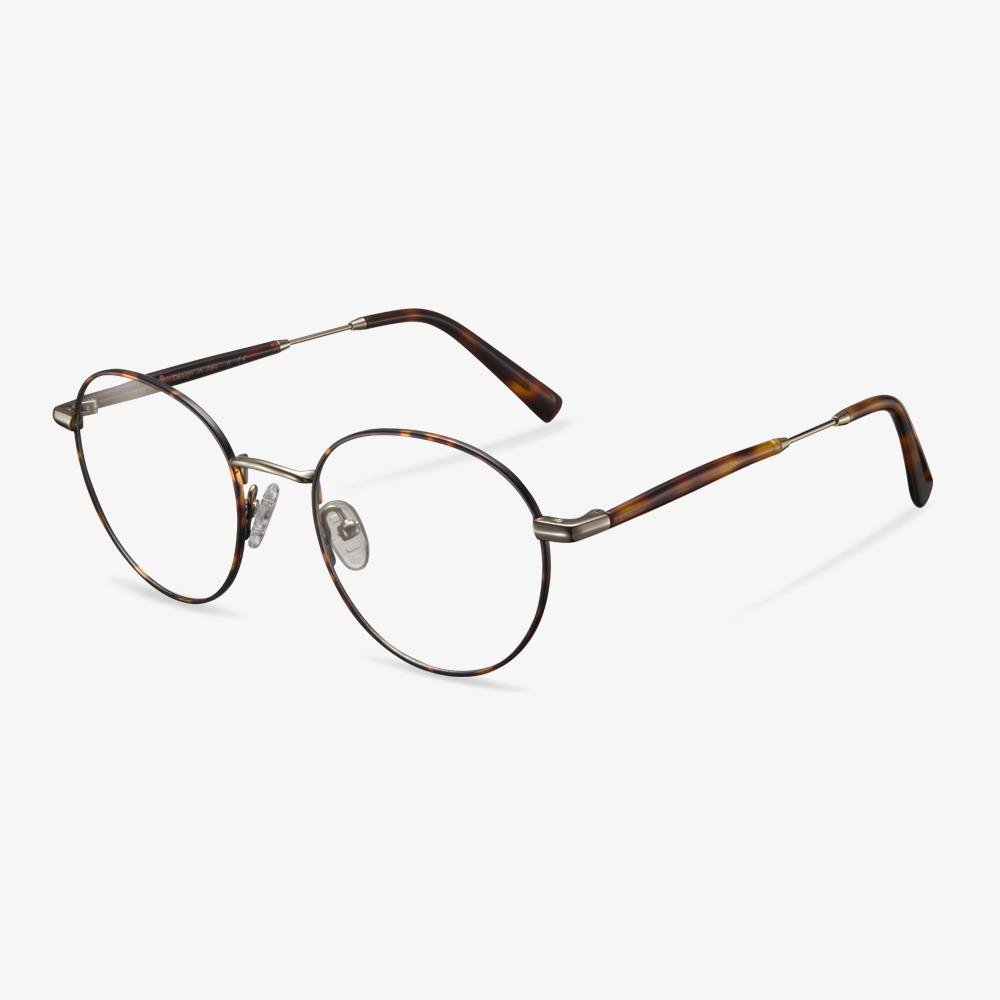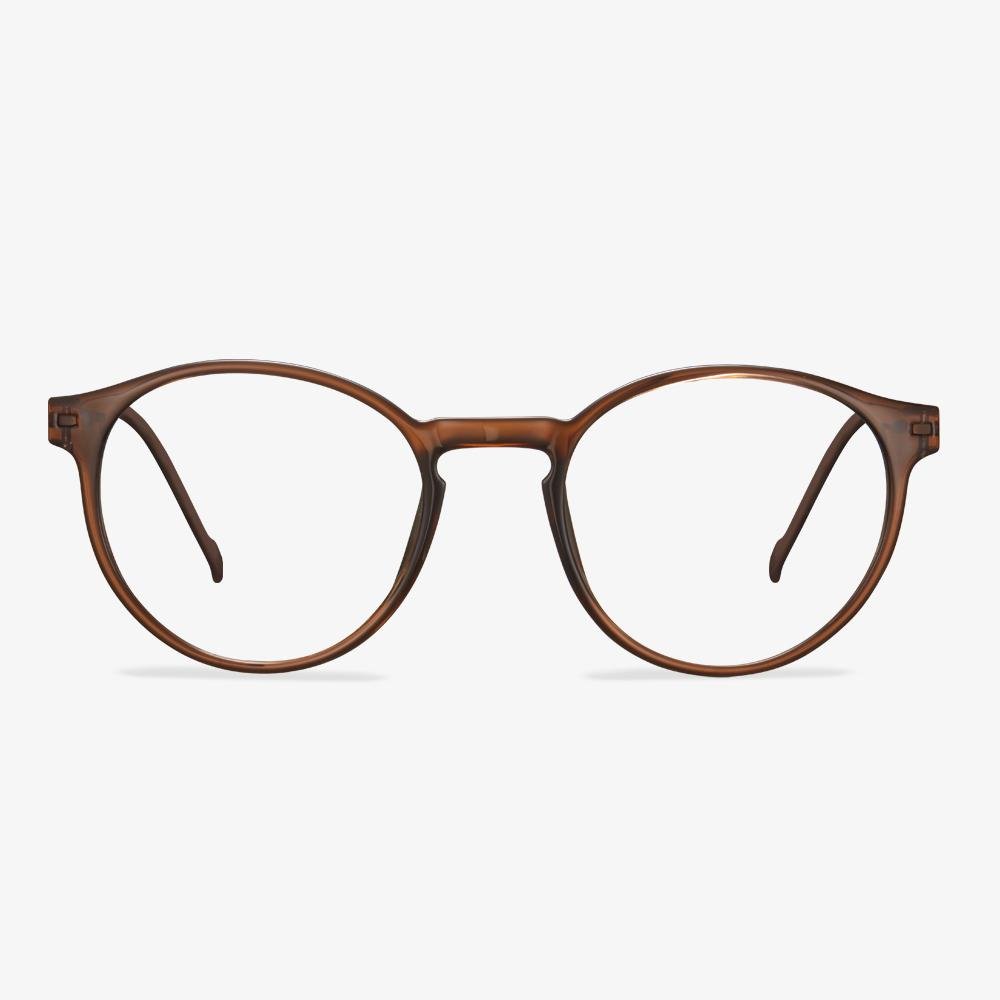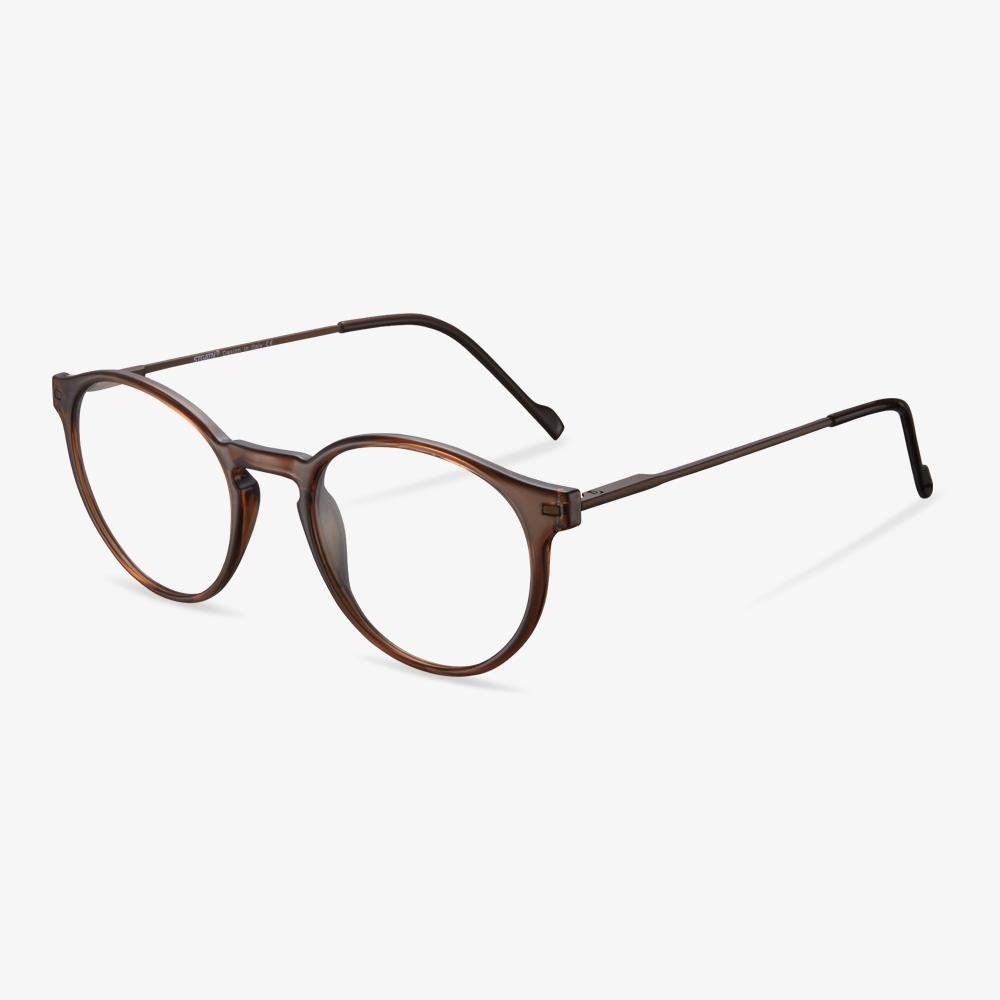What Are Varifocal Glasses?
Varifocal glasses, also known as varifocals, varifocal lenses, or progressive lenses, have a gradual change in strength from the top of the lens to the bottom with multiple focal points in between. Unlike bifocals, varifocal glasses have no specific area of lens strength, but progressive lens zones.
Varifocal glasses have three different prescriptions in one pair of glasses, allowing you to correct near and far vision. And it is convenient for you since you don’t have to change the glasses frequently.
Disadvantages of carbon fiber glasses frames
One disadvantage of carbon fiber materials is that they are more brittle, so spectacle frames will break after being bent to a certain extent, which is not as tough as metal. Carbon fiber materials are more complex to process, so carbon fiber spectacle frames are better than conventional spectacle frames. Also, it is much more expensive. If there are too cheap ones, you need to carefully consider its authenticity. In addition, the carbon fiber spectacle frames are difficult to repair once damaged.
At present, carbon fiber material has been used by many high-end eyewear brands, which shows that it has a very good effect on the improvement of product quality. The popularization of carbon fiber as an excellent material in daily necessities has a positive effect on the improvement of people's quality of life.
Do I need to buy anti-blue light glasses?
Nowadays, mobile phones and computers are used more and more frequently. Whether at work or in life, it is hard to imagine what life would be like without these electronic products. It is impossible to protect the eyes without using these products. Especially on mobile phones, the current LED screen technology has gradually replaced LCD screens, and the self-luminous characteristics have also caused serious fatigue to the eyes, and there is no need to say that blue light is harmful to the eyes. At present, the truly harmful blue light is the wavelength. In the blue light of 400 to 440 nanometers, this blue light easily causes eyesight fatigue. In the case of heavy use, try to reduce the damage to the eyes and protect the eyes, which is also the main reason for motivating consumers to buy anti-blue glasses.
How to Keep Glasses from Slipping
Stick-on Nose Pads
Nose pads would be a good choice to prevent glasses to slide down your nose. Hence, you can stick a pair of rubber pieces in the nose pads of your glasses or you can choose a pair of glasses with rubberized nose pads. If you want to try a pair of nose pads glasses, the Koalaeye Optical may be a good choice. The rubber nose pads will make you feel steadier and better and the additional resistance on the nose pad will surely provide more support. So, if your glasses often slip down from your nose, try this way.
Wax Coating
To keep glasses from slipping, you can try wax coating which is a smart move. Use the wax on your nose pad area along with the temple where the glasses come into contact with the skin. In general, it works fine and it is nearly invisible.
Temple Ear Hook
The temple ear hook is a good way to keep glasses from slipping. It can provide mechanical support behind the ear and you will feel the support from the back of your ears. But the drawback of the temple ear hook is that it is quite visible. When you take off the lenses, you need to lift the temple higher so that the ear hook could clear the ear’s crest. Besides, the cheaper one might cause some discomfort to the back of your ears because of the pressure.
Rubber Bands and Hair Ties
To keep glasses from slipping, you can also try hair ties and rubber bands. You can tie one around the temple tip behind your ear so that it can provide both slight mechanical support and friction forbidding your glasses from moving around. What’s more, this is a low-cost method.
What Do Trifocal Lenses Do?
Trifocal glasses can provide correction for some eye conditions including presbyopia and cataracts. Presbyopia often occurs in people who are between the age of 40 and 60. People’s eyesight starts to deteriorate and they are unable to focus at near. Wearing trifocal glasses can help correct blurred vision, eye strain, and headaches. The trifocal intraocular lens placed during cataract surgery can also resolve cataracts.
From above, you have learned some information about trifocal lenses. But what are the pros and cons of trifocal lenses? So, in the following section, we will focus on the advantages and disadvantages of trifocal glasses.
How did the eyeglasses market develop?
With the discovery of clear glass paste in the 14th century, lenses became cheaper and easier to sell outside Venice. In the 15th century, the invention of the printing press made it easier to read, which greatly increased the demand for glasses. By the 16th century, frames were made of luxurious materials such as horn, leather, and whalebone. They used real turtle shells. The artificial plastic celluloid was later used to make frames that had never been seen before. In the 1950s, glasses became more popular than ever. Even today, glasses are considered one of the best fashion accessories. Different colors and styles of frames can be made according to the face shape. New technologies for lenses, contact lenses, and even frame materials continue to evolve year after year.
Ways to improve driving at night
-
Check your eyesight and glasses regularly to ensure that your eyesight and the glasses you wear are in the best condition.
-
Clean the stains on the glasses before driving. The stains on the glasses will aggravate the glare.
-
Clean the windshield before driving at night to eliminate the hidden danger of glare.
-
Replace the wiper regularly.
-
Keep your vehicle headlights clean and free of dirt.
-
Do not drive for a long time, eat more foods that are good for eye health, and perform proper eye care.
-
If you feel that your night vision is reduced, you should go to the hospital for help in time.
In fact, if your eyes are healthy and you have no vision problems that require prescription glasses to correct, then the best glasses for driving at night is to not wear glasses at all. On the other hand, if you need prescription glasses because of myopia, hyperopia, or astigmatism, choose clear corrective lenses with an anti-reflective (AR) coating. These lenses can let almost 100% of the visible light into your eyes, can allow your eyes to correctly focus on roads and other obstacles at night, can reduce or eliminate the glare from street lights and headlights. Because they are based on your personal prescription, they provide the best vision for your eyes.





